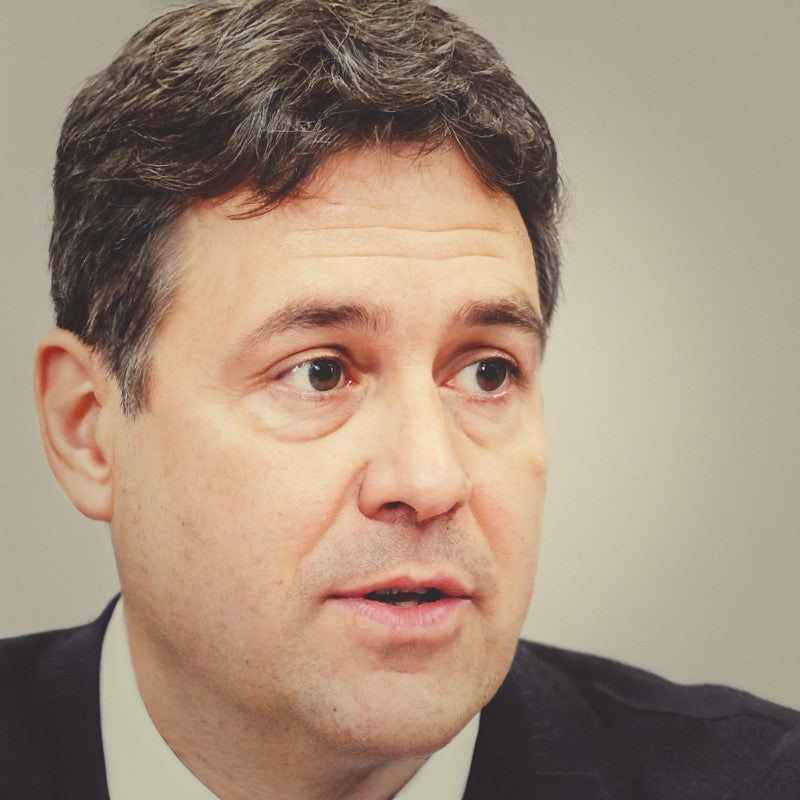Leadership in the context of the UK Civil Service revolves around the ability to inspire, guide, and mobilize a team towards achieving common goals and objectives. It's not just about being in charge, but about nurturing a positive environment where every team member feels valued, heard, and motivated to contribute their best.
A leader in the Civil Service is expected to demonstrate integrity, making decisions that are in the public interest, and to communicate effectively, ensuring that their team is well-informed and aligned with the mission. They should also showcase the ability to make sound decisions, even in challenging situations, and to drive results by managing resources efficiently and effectively.
Furthermore, embracing change, fostering innovation, and being adaptable to evolving circumstances are pivotal leadership competencies in navigating the dynamic landscape of public service.

What are the 250 Word Statements?
In the UK Civil Service job application, there's a part where you need to write something called a "250-word statement." It's a short piece of writing where you talk about a time you showed a particular skill or quality. For example, if you're applying for a leadership role, you might write about a time you led a team to success. You need to be brief and to the point, using only 250 words.
Why Are They Needed?
These short statements are important because they help the people hiring to see who has the right skills for the job. It's not enough to just say you're a good leader; they want to see an example of your leadership in action. So, you tell a little story about a time you showed good leadership, and this helps them understand how you work. It's a way for them to see if you fit what they're looking for in a role, and it helps them choose the right person for the job. It also shows that you can share your thoughts clearly and concisely, which is an important skill in any job.
How to Complete Your 250 Word Statement
Check out 5 Leadership 250 Word Statement Examples
Start with a Clear Example
When you’re writing your 250-word statement, begin by thinking of a specific time you demonstrated the skill they’re asking about. Choose a real-life example where you made a positive impact. It could be a project you led, a problem you solved, or a situation where your skills really shone.
Use Simple Language
Write in a simple and clear way. Use everyday words and keep your sentences short. You want to make it easy for the people reading it to understand your story and the point you’re making.
Follow the STAR Method
A helpful way to structure your statement is to use the STAR method. This stands for Situation, Task, Action, and Result.
- Situation: Briefly describe the context or problem.
- Task: Explain what needed to be done and what your role was.
- Action: Describe what you did, how you did it, and why you chose that approach.
- Result: Share what happened as a result of your actions, focusing on the positive outcomes and what you learned.
Be Concise and Focused
Remember, you only have 250 words, so every word must count. Stick to the main points and avoid adding extra details that don’t help to show off the skill you’re talking about.
Proofread Carefully
Before you submit your statement, check it carefully for any mistakes. Make sure your spelling and grammar are correct, and that your sentences are clear and easy to understand.
Be Honest
It’s important to be truthful. Only share examples that are real and honest, and be genuine about your role and what you did. Honesty is key in building trust and credibility in your application.
By following these steps, you'll create a strong 250-word statement that clearly shows how you've used a particular skill in the past, helping the hiring team see your potential for the role you're applying for.
Leadership 250 Word Statement Example
Situation: The development team I was leading as a Scrum Master was consistently missing deadlines, causing delays in product releases and negatively impacting client satisfaction.
Task: My task was to identify the bottlenecks, improve the team’s adherence to timelines, and enhance overall productivity without compromising the work-life balance of the team.
Action: I initiated a thorough review of our ongoing practices and facilitated a retrospective meeting where the team could openly discuss challenges and propose improvements. I introduced a visual management board to make work progress transparent and to easily identify blockages. I also implemented a more rigorous daily stand-up routine to ensure that all team members were aligned and that any impediments were addressed promptly. Additionally, I provided one-on-one coaching to team members struggling with specific challenges and facilitated workshops to enhance the team’s skills in estimation and backlog refinement. I collaborated with the Product Owner to prioritize the backlog effectively, ensuring we were always working on high-value items. I also introduced a "definition of done" so that everyone had a clear understanding of what was expected for a task to be considered complete, reducing the back-and-forth and rework.
Result: Within two months, the team successfully met their sprint goals consistently, and the product was released on the newly agreed-upon date. Client satisfaction improved, and the team reported feeling more supported and less stressed, attributing this to the clearer communication and the proactive approach to problem-solving. This experience reinforced the importance of continuous improvement and adaptive leadership in maintaining an effective Scrum framework.


